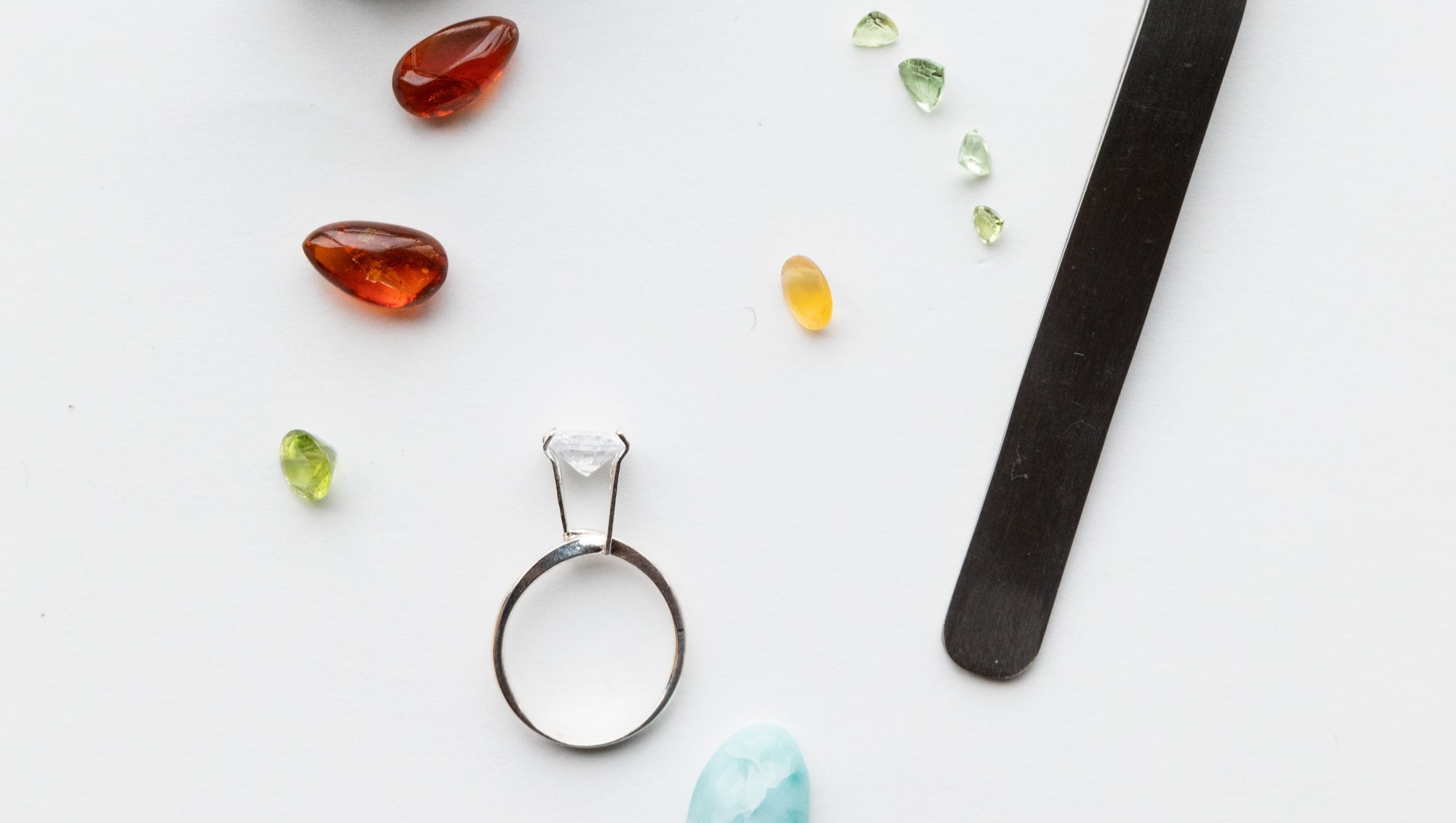
Tahitian pearl
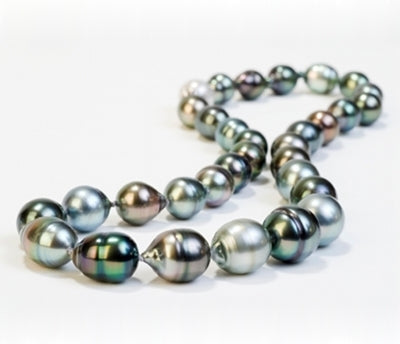
overview
- Naming : The Tahitian pearl was initially only used as a piece of jewelry by locals in Tahiti. Therefore, the rare pearl was named after the French Polynesian island.
- Mineral group: Like all other types of pearls, Tahitian pearls consist of mother-of-pearl.
- Color : The play of colors of Tahitian pearls is extraordinary and unique at the same time. The natural color varies from anthracite to black. The special play of colors of the Tahitian pearl is remarkable. It can shine in several colors at the same time: red, green, bronze, silver and more. In technical terms, the Tahitian pearl is said to have a strong luster: it can reflect light particularly well and therefore shows a fascinating brilliance and a unique glow.
- Cut : The cut of the Tahitian pearl is usually based on its natural shape. Therefore, Tahitian pearls come in different shapes: round, oval, baroque and many more.
Quality factors
Color
The color of the Tahitian pearl is crucial for its value. Dark pearls are particularly popular because they are very rare.
carat
The carat number (ct) indicates the weight of a gemstone - one carat corresponds to 0.2 grams. Pearls are usually measured by their diameter rather than the carat number. However, the weight still plays a decisive role. Other factors such as color, clarity and cut also determine the value of a gemstone.
purity
The quality of the surface plays a crucial role in the value of a pearl. Pearls naturally have irregularities on their surface, which is why pearls with a clean surface are the most valuable.
cut
The Tahitian pearl comes in many different shapes – round, oval and uneven.

The Tahitian Pearl and its History
The dark pearls from Tahitian only reached European museums (e.g. Göttingen and Cambridge) at the end of the 18th century, when the first South Sea visitors from Europe became aware of the beautiful pearls. In Tahiti they had long been used as jewelry. Both women and men wore long earrings in which Tahitian pearls were woven. Pearls were also important in Tahiti as religious offerings. Over time, and also due to the commercial trade in Tahitian pearls promoted by Europeans, pearls gradually became a means of payment and a commodity for exchange. Towards the end of the 19th century, the natural pearl stocks in Polynesia were largely exhausted.
Special Tahitian Pearls
The largest cultivated Tahitian pearl is the Robert Wan pearl: a 26mm baroque-shaped, silver Tahitian pearl in AAA quality. This is on display in the Robert Wan Pearl Museum in Tahiti.
Special occasions
birthstone
The pearl is the birthstone of June.
wedding anniversary
Pearls are often given as gifts for 3rd and 30th wedding anniversaries.
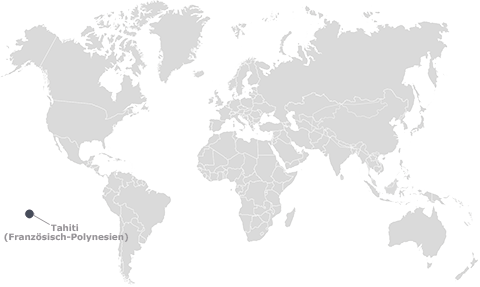
occurrence of the Tahitian pearl
Tahitian pearls are cultivated around the French Polynesian islands. The most famous of these islands, and the one that gave the dark pearl its name, is Tahiti. The cultivation of Tahitian pearls only began in the 1960s. Tahiti is still the main producer of pearls today.
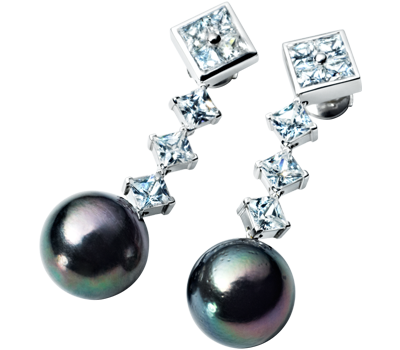
jewelry with Tahitian pearls
Would you like to buy Tahitian pearls or are you dreaming of a Tahitian pearl ring, for example? We would be happy to make your personal dream of a piece of jewelry come true - be it with Tahitian pearls, other pearls or gemstones. Contact us without obligation using the form below or give us a call. We would be happy to advise you!
Further articles

Discover RENÉSIM’s individual and unique masterpieces – including beautiful earrings with Tahitian pearls.
To our masterpieces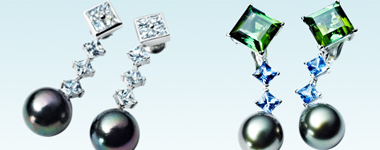
Tahitian pearls – dreamily shimmering treasures from French Polynesia
To the blog article – Tahitian pearlsjewelry collections
Pearls in the Lexicon
Jewelry in the Lexicon
Our values

